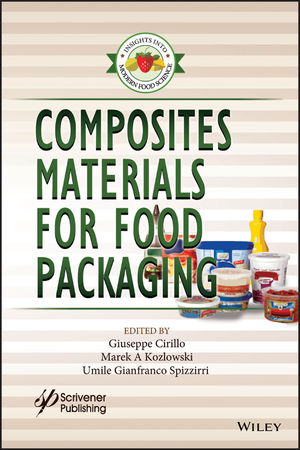Report unveils top clean packaging trends in 2019
Brands are exploring new strategies in line with consumers’ desire to lead an environmental-friendly, sustainable and more hygienic lifestyle.

The packaging sector has undergone a significant transformation over the past decade, and it continues to evolve. Against this backdrop, brands are exploring new strategies in line with consumers’ desire to lead an environmental-friendly, sustainable and more hygienic lifestyle.
GlobalData, UK, highlights the top clean packaging trends impacting the production, marketing and sales of consumer packaged goods in Asia-Pacific (APAC) in 2019.
Trust and transparency
GlobalData’s 2018 Q4 consumer survey reveals that 68% of consumers in APAC are always or often influenced by how trustworthy or risk-free a product is. Subsequently, food and beverage manufacturers are creating a niche for themselves across a range of criteria by addressing supply chain inefficiencies and investing in targeted sampling and testing programs along with fraud-aware audits to boost consumer satisfaction.
Innovation and differentiation
Safety and quality are driving innovation in the consumer packaging space. With consumers embracing products with simple claims, clear labels and environmental-friendly packaging, brands are focusing on improving the labeling on their products and using claims on food products such as fair trade, alternative nutrient sources (such as vegan meat) and innovating beyond plastic.
GlobalData 2019 Q3 survey reveals that 69% of APAC consumers look for a sustainability aspect in product packaging while 71% look for reusable and refillable product packaging.
Ethical well-being
According to GlobalData 2018 Q4 Consumer Survey, 65% of consumers in APAC are always or often influenced by how a product impacts their health and well-being while making product choices. As a result, brands are keeping high-quality ingredients at priority and moving toward biodegradable packaging materials.
Smart packaging
Technology has not only created consumer engagement opportunities for the brands, but also allows them to track their products at all stages of the logistics and distribution channels, thus preventing counterfeit products in the supply chain and gaining real-time product feedback and other measurable marketing insights. As a result, brands have started engaging consumers through smart packaging, offering tools and apps with a barcode scanner to track toxic ingredients, and using software tools to create digital identities for their products.
In APAC, countries such as Korea, Japan and China have already adopted on-pack QR codes to bridge the information gap between the physical and digital worlds.
Looking for a reprint of this article?
From high-res PDFs to custom plaques, order your copy today!








